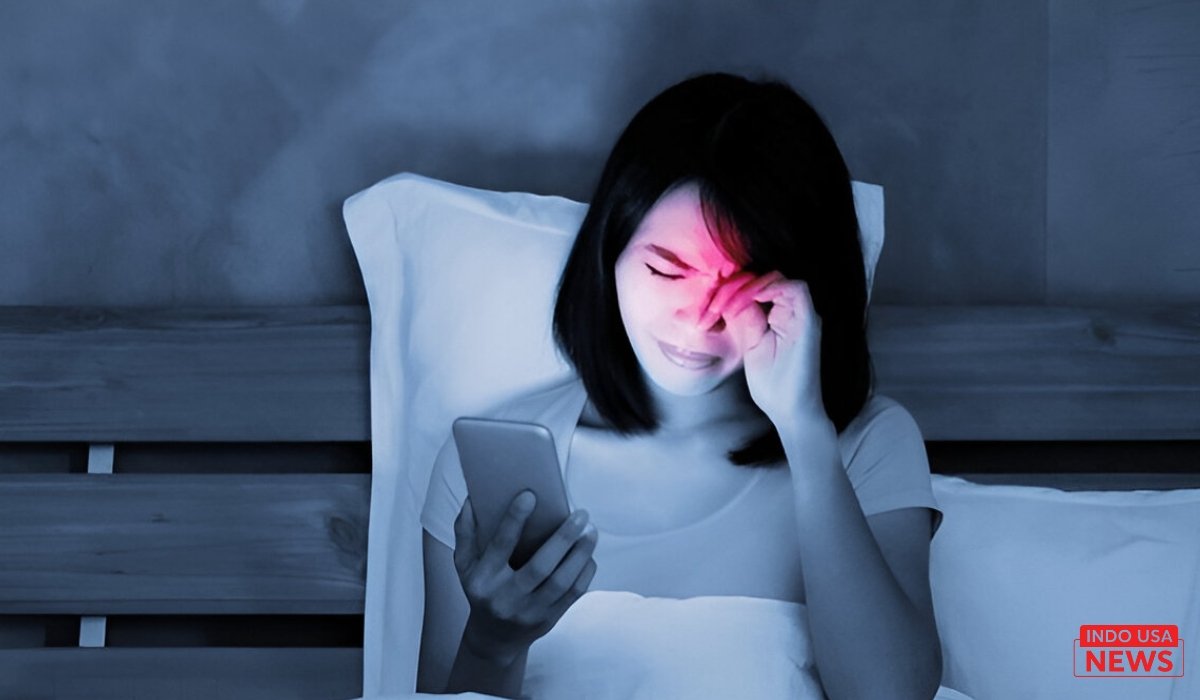What to Know About Computer Eye Strain: Causes, Symptoms & Smart Solutions
In today’s digital age, our eyes are working harder than ever. From long Zoom meetings and hours of scrolling on smartphones to binge-watching shows and late-night emails, screen time has become a big part of our daily lives. But all that time in front of screens comes with a cost — one that millions of people are starting to feel: computer eye strain.
What is Computer Eye Strain?
Also known as Digital Eye Strain (DES), computer eye strain refers to a group of eye and vision-related issues that result from prolonged use of digital devices. It’s not just about computers — it includes smartphones, tablets, and even e-readers.
Common Symptoms of Computer Eye Strain:
- Dry or watery eyes
- Blurred or double vision
- Headaches
- Neck and shoulder pain
- Increased sensitivity to light
- Trouble focusing
These symptoms can be temporary, but if ignored, they may worsen over time, affecting productivity, sleep, and overall well-being.

Why Does It Happen?
When we look at screens for extended periods, we blink less — sometimes up to 60% less. Blinking is essential because it keeps our eyes moist and clean. In addition, screen glare, poor lighting, bad posture, and small text sizes make our eyes work harder than they should.
Who’s at Risk?
Everyone. From school children attending virtual classes to professionals working long shifts in front of monitors, computer eye strain affects people of all ages. It’s especially common among:
- Remote workers
- Gamers
- Students
- Designers and developers
- Anyone using screens for more than 2 hours a day
How to Prevent Computer Eye Strain
Fortunately, you can reduce and even prevent digital eye strain with a few smart changes:
1. Follow the 20-20-20 Rule
Every 20 minutes, look at something 20 feet away for 20 seconds. It gives your eyes a much-needed break.
2. Adjust Your Screen Setup
Keep your monitor about an arm’s length away and 15–20 degrees below eye level. Use a matte screen filter if needed.
3. Reduce Glare and Improve Lighting
Use blinds to block outdoor light and position indoor lights to avoid reflection. Avoid using screens in complete darkness.
4. Blink Often
Train yourself to blink more. Consider using eye drops if your eyes often feel dry.
5. Use Blue Light Filters
Many devices now come with a night mode or blue light filter that reduces eye fatigue. Blue light blocking glasses can also help.
6. Get Regular Eye Exams
An optometrist can detect early signs of strain or other issues and recommend proper lenses or treatments.
A New Health Priority in a Digital World
As screen time continues to rise, so does awareness about digital eye strain. Employers are now encouraged to provide ergonomic setups and educate their teams on digital wellness. Even schools are recognizing the need for screen breaks during online classes.
Technology isn’t going away — but we can learn to use it more mindfully. Paying attention to how our eyes feel and making small adjustments in our habits can go a long way in protecting our vision for the future.
YouTube Video is collected from – UC San Diego Health
Final Thoughts
Computer eye strain is real — but it’s manageable. By being aware of the symptoms and taking proactive steps, you can enjoy your screen time without sacrificing your eye health. After all, your eyes are doing a lot for you — it’s time to return the favor.
- Computer eye strain
- Digital eye strain
- Eye strain symptoms
- Prevent eye fatigue
- Screen time and eye health
- 20-20-20 rule
- Blue light filter








